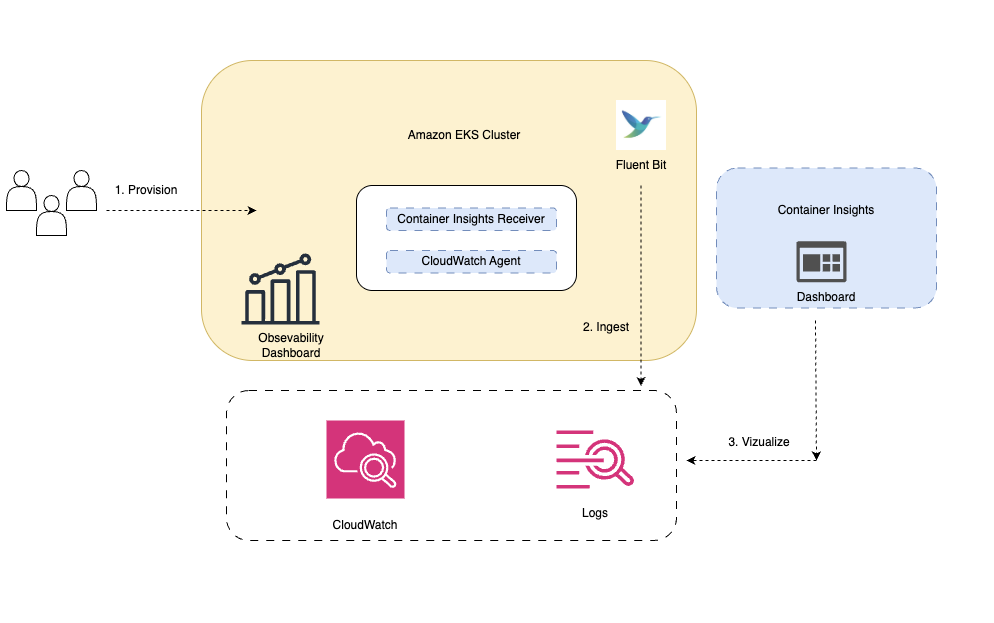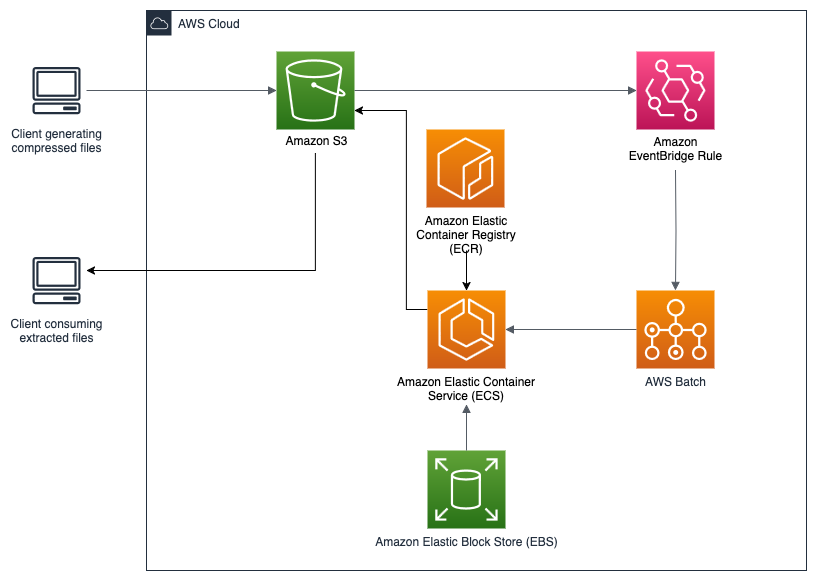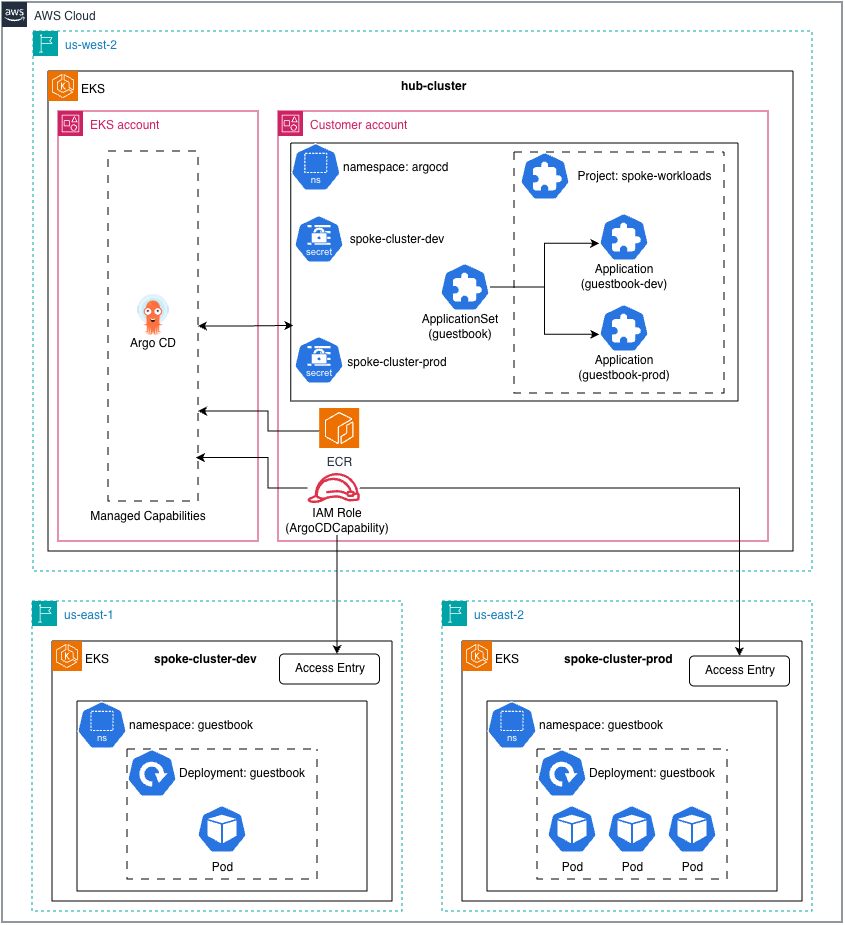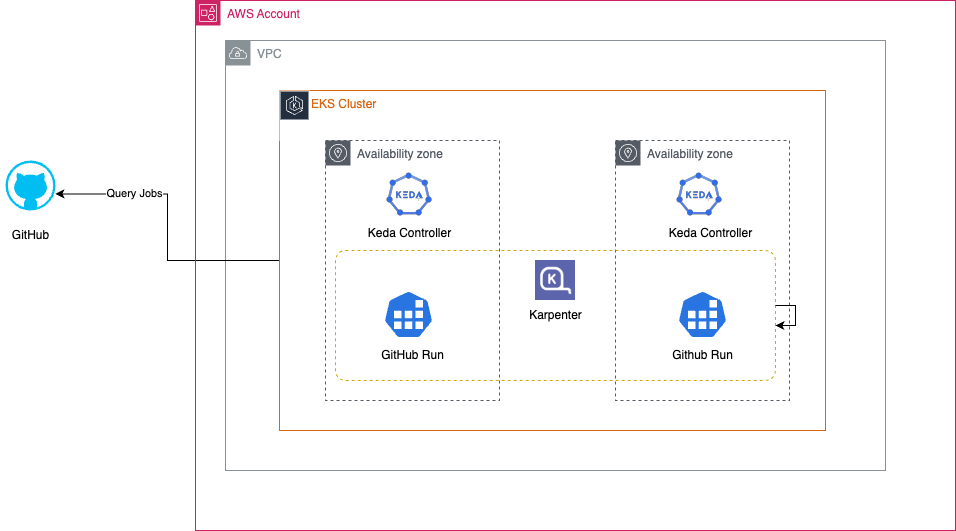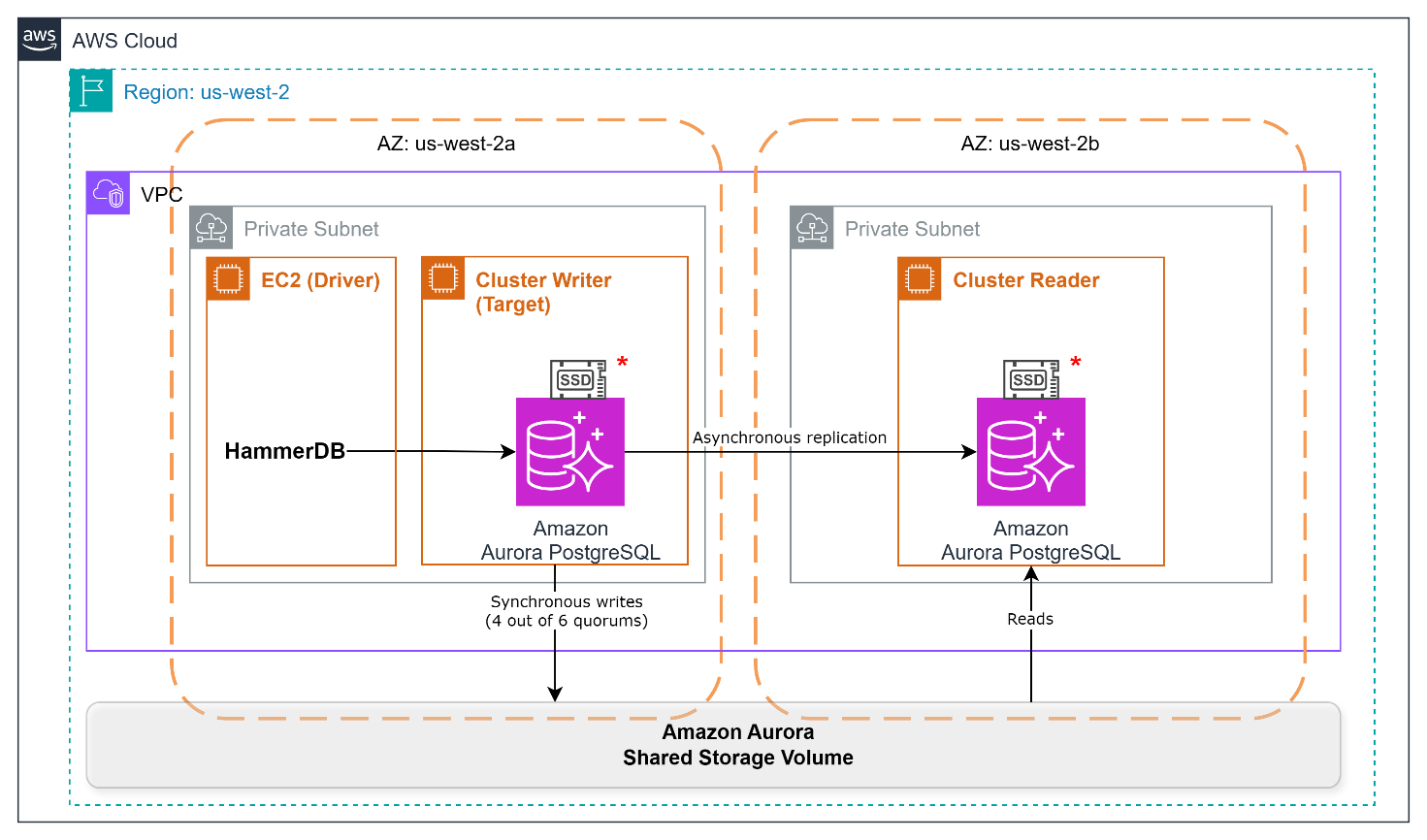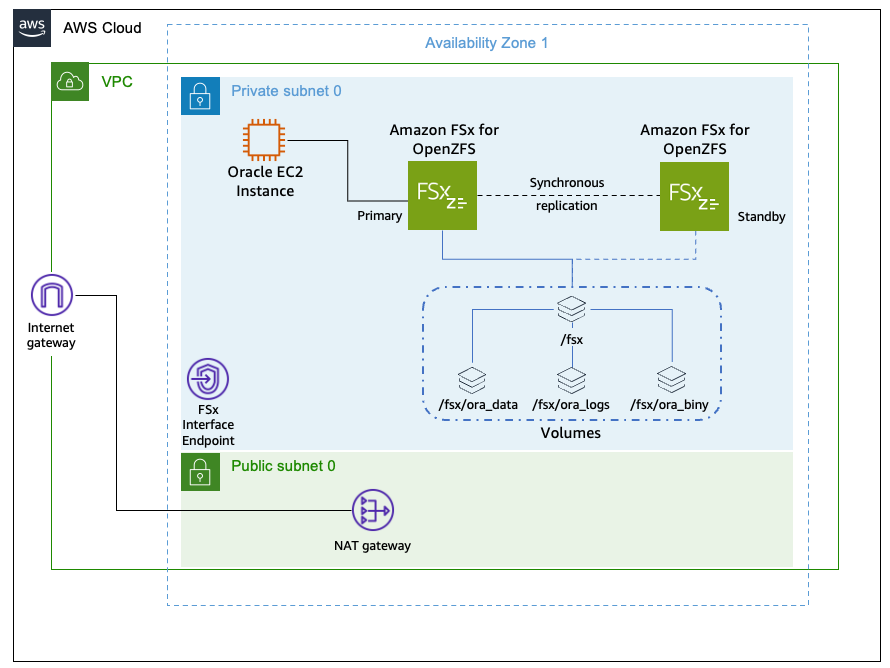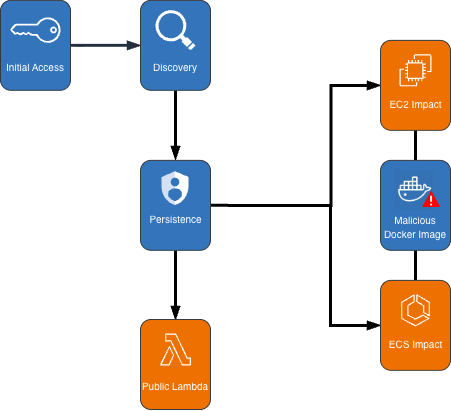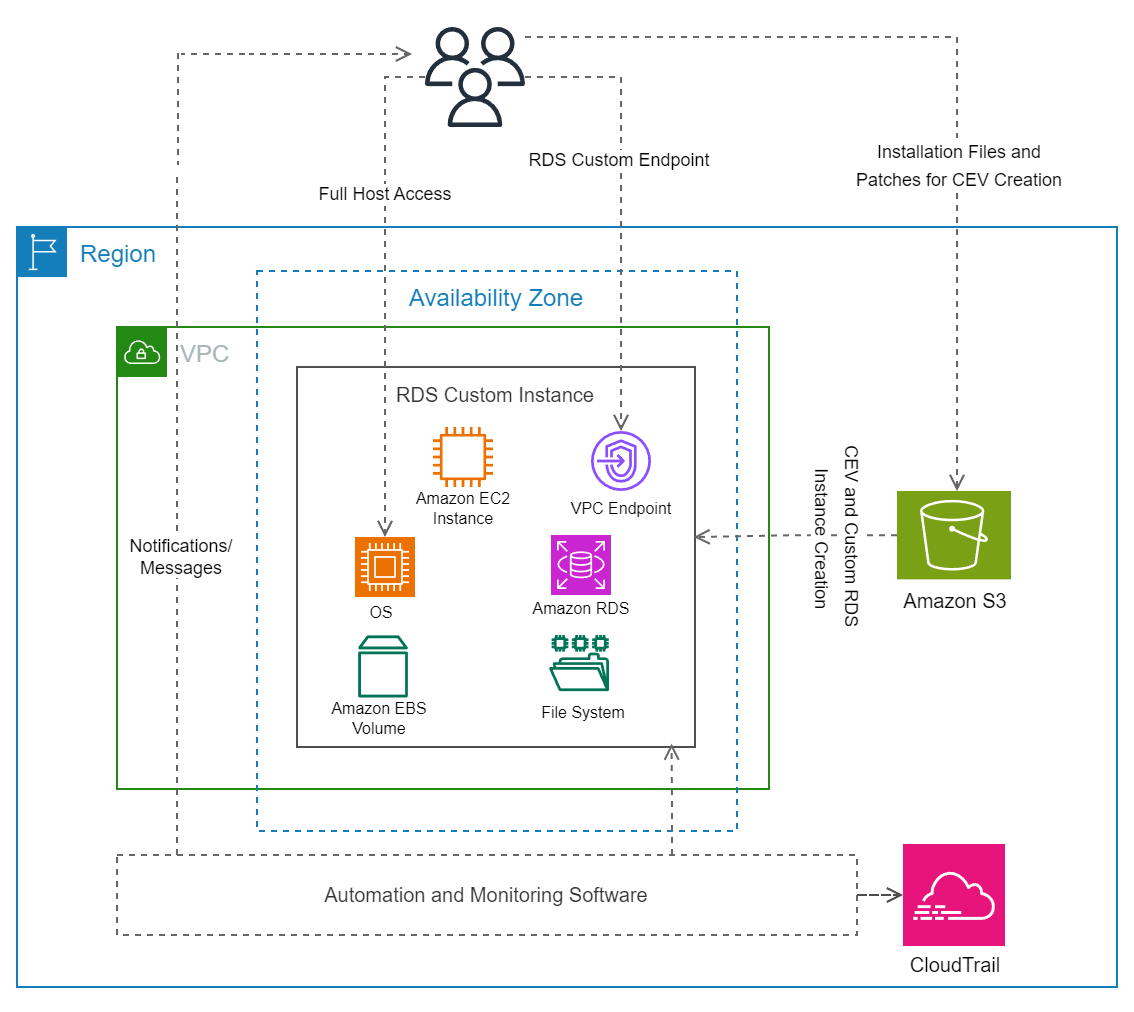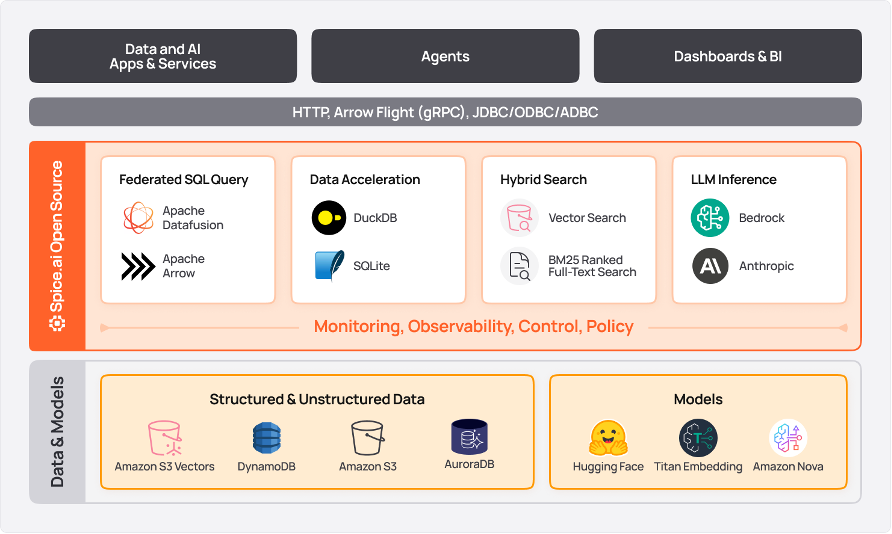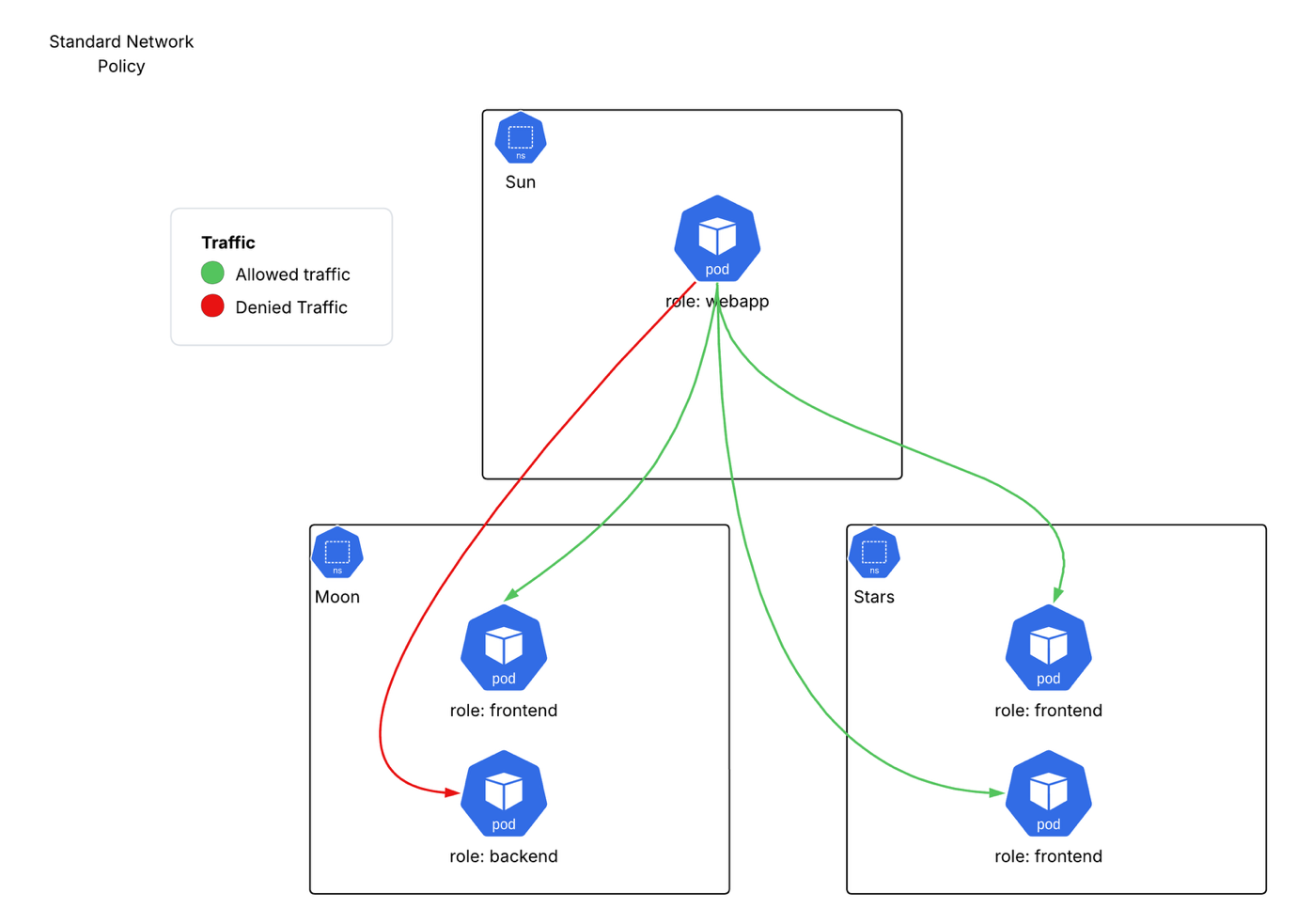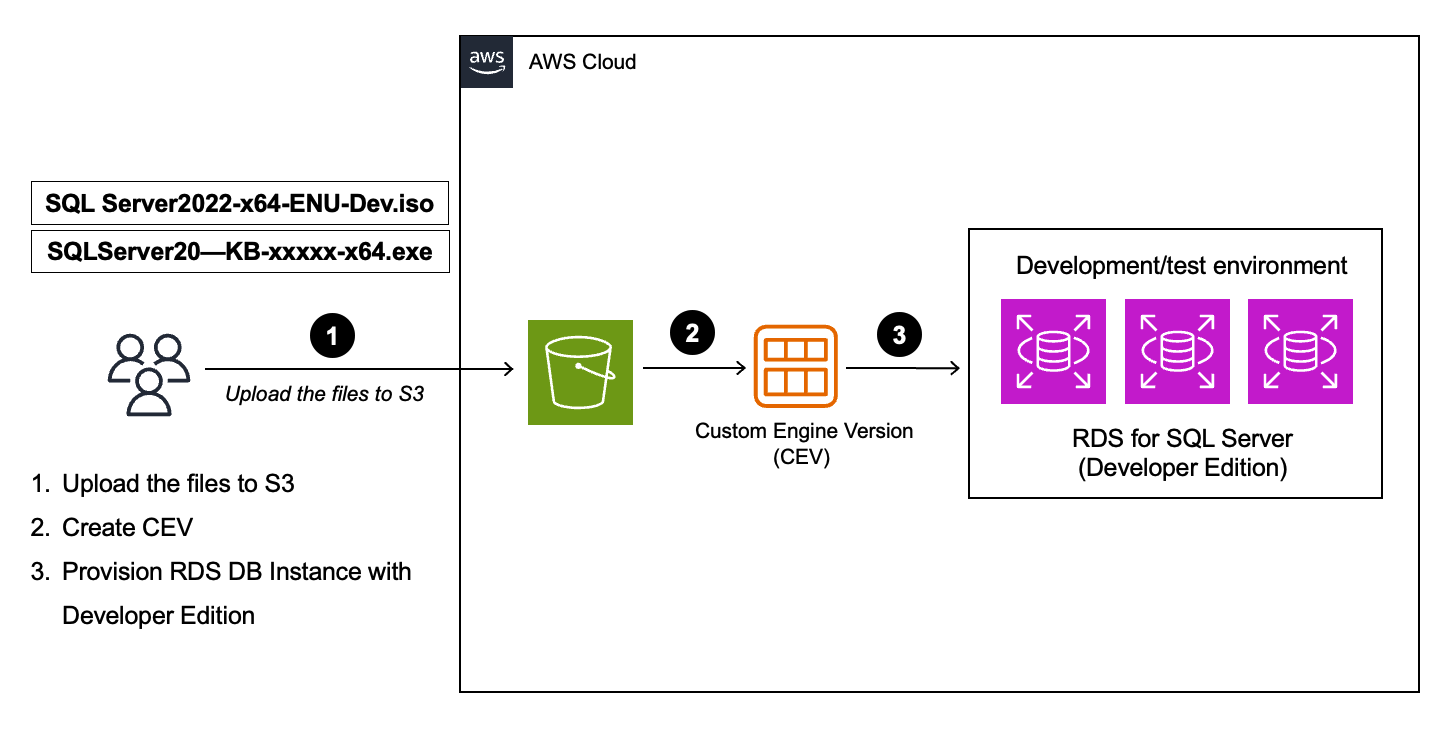-
Amazon ElastiCache re:Invent 2025 recapby Darpa Sehgal on December 22, 2025 at 11:13 pm
re:Invent is a great opportunity for customers and builders who use AWS to share what they have built and why, architectural patterns, and best practices in the form of breakout sessions and workshops. In case you missed some of these sessions, or you wanted to get caught up on why customers like Expedia, Scopely, Adobe, and Amazon.com are building on ElastiCache, you can read this helpful summary of some of the ElastiCache highlights from re:Invent 2025.
-
Enhance Amazon EKS network security posture with DNS and admin network policiesby Alexandra Huides on December 22, 2025 at 6:04 pm
Amazon Web Services (AWS) announced the availability of DNS-based and Admin network policies for Amazon Elastic Kubernetes Service (EKS) Auto mode and Admin network policies for both EKS Auto mode and EKS on Amazon Elastic Compute Cloud (EC2), providing enhanced capabilities to secure network traffic both within your clusters and to external endpoints. In this post, we explore practical use cases that demonstrate how these policies solve real-world challenges and remove the need to rely on third-party software across different deployment scenarios, from securing access to external services to hybrid cloud integration and multi-tenant environments.
-
Proactive Amazon EKS monitoring with Amazon CloudWatch Operator and AWS Control Plane metricsby Asif Haque on December 19, 2025 at 6:30 pm
This post explores using the Amazon CloudWatch monitoring, including new Amazon EKS metrics and the CloudWatch Observability Operator, to gain deeper visibility into cluster operations, detect issues, understand bottlenecks, and maintain healthy EKS clusters.
-
Optimizing correlated subqueries in Amazon Aurora PostgreSQLby Stephen Wood on December 18, 2025 at 9:20 pm
Correlated subqueries can cause performance challenges in Amazon Aurora PostgreSQL which can cause applications to experience reduced performance as data volumes grow. In this post, we explore the advanced optimization configurations available in Aurora PostgreSQL that can transform these performance challenges into efficient operations without requiring you to modify a single line of SQL code.
-
Automated extraction of compressed files on Amazon S3 using AWS Batch and Amazon ECSby Shirin Bano on December 18, 2025 at 9:01 pm
Organizations frequently upload compressed TAR files to Amazon S3 for efficient data transfer, but downstream applications often need extracted files for processing. Although AWS Glue excels at processing splittable files across worker nodes, TAR files need single-node processing, traditionally forcing teams to manually provision servers, monitor extraction jobs, and manage resource cleanup. This post demonstrates
-
Deep dive: Streamlining GitOps with Amazon EKS capability for Argo CDby Jesse Butler on December 18, 2025 at 5:27 pm
In this deep dive, we explore advanced scenarios with Argo CD including hub-and-spoke multi-cluster deployments, native AWS service integrations, multi-tenancy implementation, scaling with advanced Argo CD configurations and integration with CI/CD pipeline.
-
How Kaltura Accelerates CI/CD Using AWS CodeBuild-hosted Runnersby Michael Shapira on December 18, 2025 at 2:54 pm
This post was contributed by Adi Ziv, Senior Platform Engineer at Kaltura, with collaboration from AWS. Kaltura, a leading AI video expirience cloud and corporate communications technology provider, transformed CI/CD infrastructure by migrating to AWS CodeBuild-hosted runners for GitHub Actions. This migration reduced DevOps operational overhead by 90%, accelerated build queue times by 66%, and
-
Security Hub CSPM automation rule migration to Security Hubby Joe Wagner on December 17, 2025 at 9:06 pm
A new version of AWS Security Hub is now generally available with new capabilities to aggregate, correlate, and contextualize your security alerts across Amazon Web Services (AWS) accounts. The prior version is now known as AWS Security Hub CSPM and will continue to be available as a unique service focused on cloud security posture management
-
Improve Aurora PostgreSQL throughput by up to 165% and price-performance ratio by up to 120% using Optimized Reads on AWS Graviton4-based R8gd instancesby Luiz Verona on December 17, 2025 at 4:50 pm
In this post, we demonstrate how your workloads can benefit from upgrading Graviton2-based R6g and R6gd instances to Graviton4-based R8gd instances with Aurora PostgreSQL 17.5 on Aurora I/O-Optimized using an Optimized Reads-enabled tiered cache.
-
Expanding container security and choice with Amazon ECR Publicby Sourav Kundu on December 16, 2025 at 11:39 pm
Today, we’re excited to announce that Amazon ECR Public now offers Chainguard Wolfi Images—security-hardened, minimalist base container images that dramatically reduce vulnerabilities in your containerized applications.
-
Getting started with self-managed Oracle in AWS using Amazon FSx for OpenZFSby Aaron Dailey on December 16, 2025 at 10:20 pm
Organizations of all sizes run their enterprise applications and databases in the cloud. These organizations may choose to run self-managed databases on Amazon Elastic Compute Cloud (Amazon EC2) rather than using the fully-managed Amazon Relational Database Service (Amazon RDS) due to internal policies, Amazon RDS service maximums, and other reasons. When running self-managed databases in the cloud, there
-
GuardDuty Extended Threat Detection uncovers cryptomining campaign on Amazon EC2 and Amazon ECSby Kyle Koeller on December 16, 2025 at 10:12 pm
Amazon GuardDuty and our automated security monitoring systems identified an ongoing cryptocurrency (crypto) mining campaign beginning on November 2, 2025. The operation uses compromised AWS Identity and Access Management (IAM) credentials to target Amazon Elastic Container Service (Amazon ECS) and Amazon Elastic Compute Cloud (Amazon EC2). GuardDuty Extended Threat Detection was able to correlate signals
-
Why Regeneron chose Amazon RDS Custom for Oracle to deploy COTS and GxP applications on AWSby Prerak Raghuvanshi on December 16, 2025 at 9:44 pm
Regeneron, a leading biotechnology company, effectively harnesses traditional on-premises solutions with a sophisticated database architecture to bolster essential commercial-off-the-shelf (COTS) and GxP business applications. In this post, we highlight why Regeneron chose to use Amazon RDS Custom for Oracle to deploy COTS and GxP applications on AWS. This decision underscores their commitment to advancing from a legacy architecture to a robust, scalable, and resilient managed service. By doing so, Regeneron not only enhances their backend database infrastructure but also ensures adherence to GxP procedures, demonstrating their dedication to operational excellence and regulatory compliance.
-
Optimize WordPress performance on Amazon EKS with Amazon FSx for OpenZFSby Aaron Dailey on December 16, 2025 at 9:34 pm
As users progress in their cloud journey, they increasingly need robust storage options that integrate natively with containers to help them increase operational efficiency, improve performance, and reduce costs. Our users are finding that using Amazon Elastic Kubernetes Service (Amazon EKS) meets this demand by using the Container Storage Interface (CSI) driver. In this post,
-
Architecting high performance AI-driven data applications with Spice AI and AWSby Mustafa Duzok on December 15, 2025 at 10:51 pm
As enterprises scale their adoption of generative AI, one of the biggest technical challenges is connecting AI applications to the right data and making that data fast, accessible, and secure. AI agents are transforming industries through applications like customer support automation, personalized e-commerce recommendations, and research assistance in financial services and healthcare. These applications require
-
Amazon EKS introduces enhanced network policy capabilitiesby Liz Duke on December 15, 2025 at 10:25 pm
Today, we are excited to announce the expansion of native network policy support in Amazon EKS to include both Admin Policies and Application Network Policies. With these additional policies, Cluster Administrators (e.g. platform or security teams) can set cluster-wide security rules for their clusters to enhance the overall network security for their Kubernetes workloads. In
-
Create a SQL Server Developer Edition instance on Amazon RDS for SQL Serverby Sudhir Amin on December 15, 2025 at 9:39 pm
In this post, we show you how to create and deploy SQL Server Developer Edition on Amazon RDS.
-
What AWS Security learned from responding to recent npm supply chain threat campaignsby Nikki Pahliney on December 15, 2025 at 9:12 pm
AWS incident response operates around the clock to protect our customers, the AWS Cloud, and the AWS global infrastructure. Through that work, we learn from a variety of issues and spot unique trends. Over the past few months, high-profile software supply chain threat campaigns involving third party software repositories have highlighted the importance of protecting
-
Amazon Threat Intelligence identifies Russian cyber threat group targeting Western critical infrastructureby CJ Moses on December 15, 2025 at 7:20 pm
As we conclude 2025, Amazon Threat Intelligence is sharing insights about a years-long Russian state-sponsored campaign that represents a significant evolution in critical infrastructure targeting: a tactical pivot where what appear to be misconfigured customer network edge devices became the primary initial access vector, while vulnerability exploitation activity declined. This tactical adaptation enables the same
-
Automate java performance troubleshooting with AI-Powered thread dump analysis on Amazon ECS and EKSby Sascha Moellering on December 15, 2025 at 6:57 pm
Picture this: your containerized Java application that was running smoothly yesterday is now consuming 90% CPU and barely responding to user requests. Now your customers are experiencing timeouts, and your ops team is under pressure to resolve the issue quickly. When debugging unresponsive applications or excessive CPU consumption, one of the most valuable diagnostic tools



